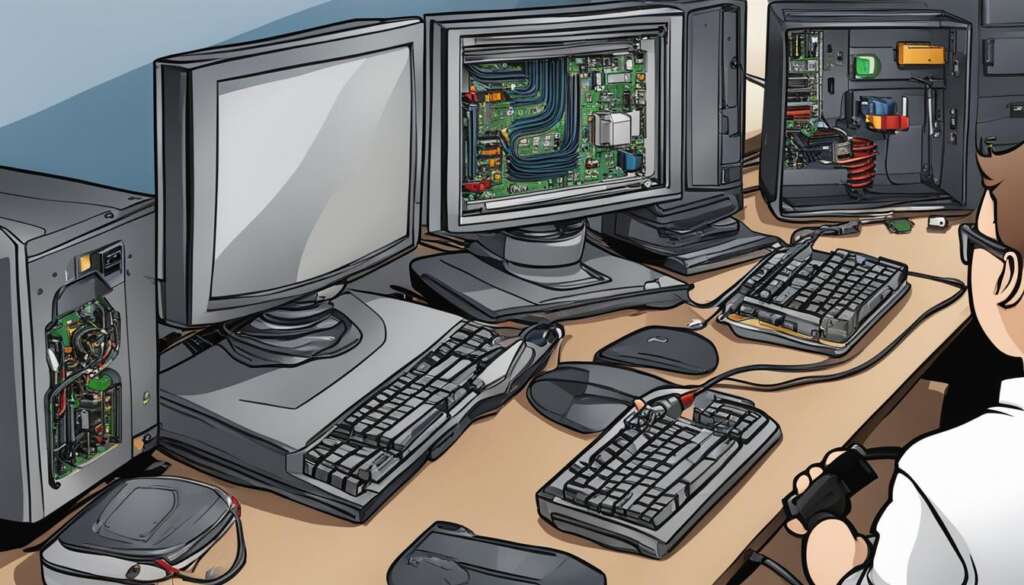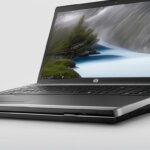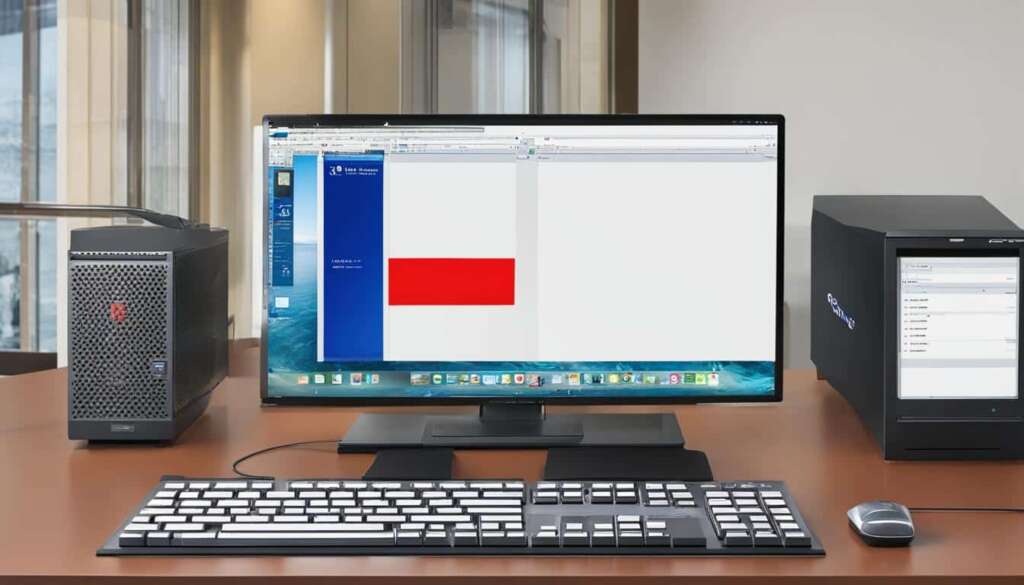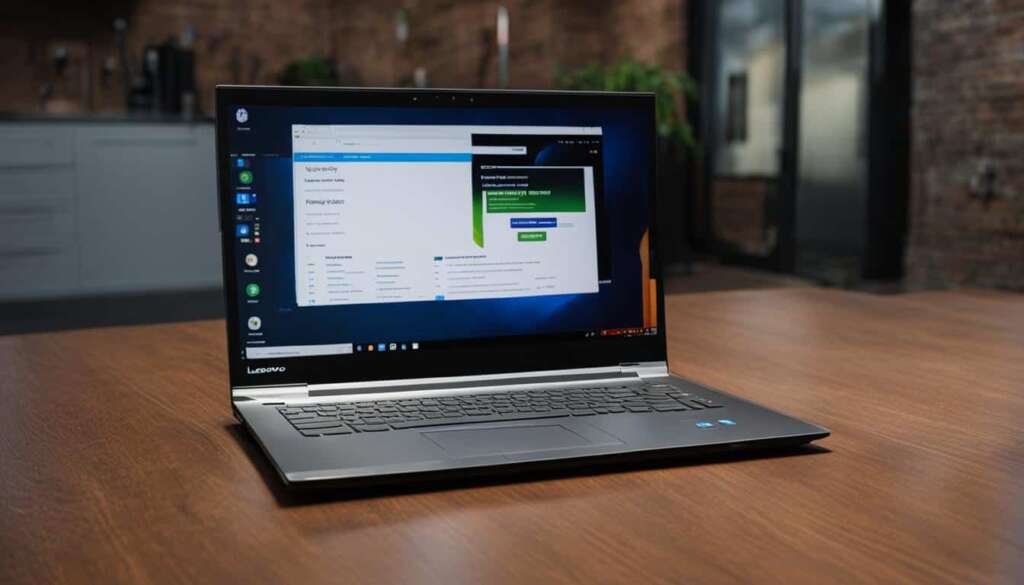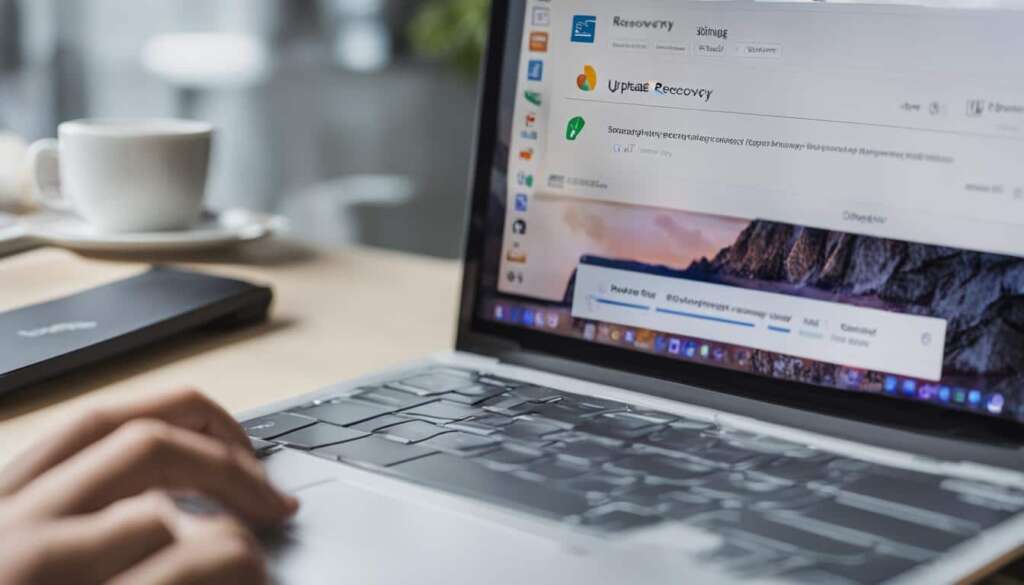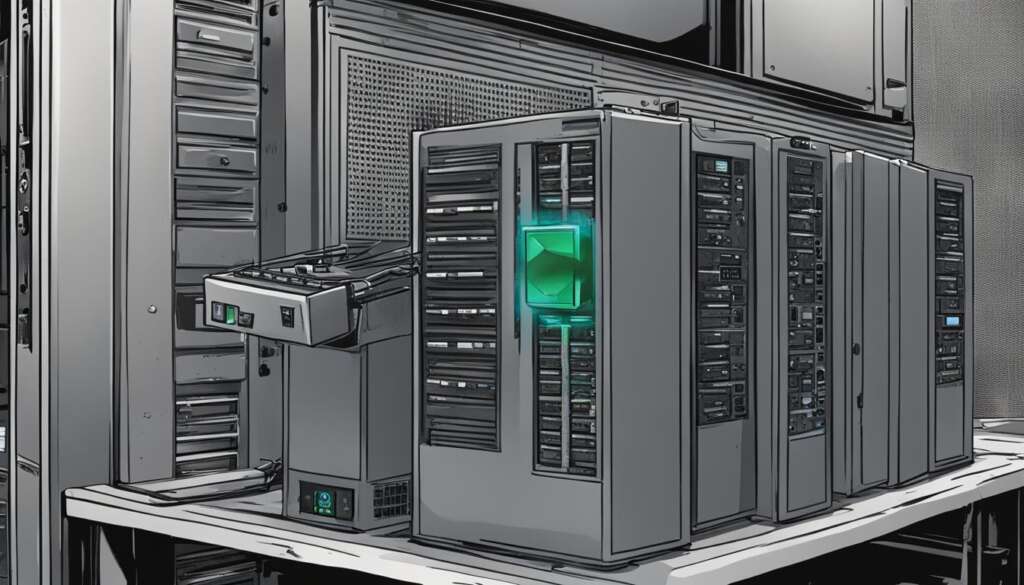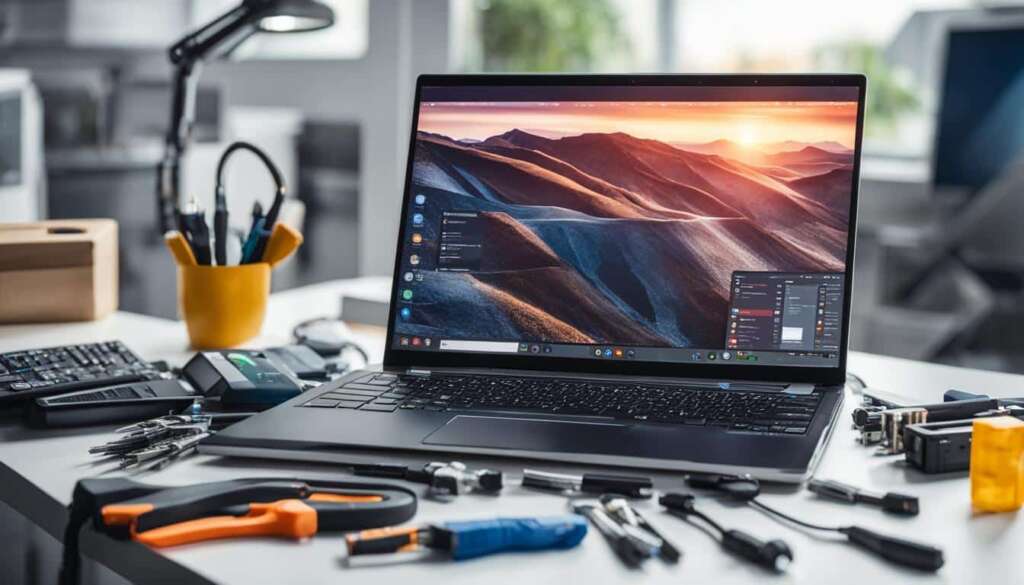Table of Contents
Are you facing the frustration of a broken power button on your computer? Don’t worry, there are alternative ways to start your PC without pressing the power button. In this guide, we will explore different methods that can help you turn on your PC without relying on the power button.
One commonly used method is to utilize the power switch location on your computer’s motherboard. Most motherboards have a sticker indicating the power switch location, which is typically located behind the CPU casing. The power button, reset button, and LED lights on your computer casing are all connected to this section of the motherboard. By identifying the power switch pins on the motherboard, you can use a test pen or any metal surface to touch the two pins and send an electrical signal to start the computer without pressing the power button.
Another method involves using the motherboard jumper. This small piece on the motherboard, usually used to reset BIOS settings, can also be used to power on your PC. By locating the power button pins on the motherboard, labeled as ‘Power SW’ or similar, you can carefully touch both pins simultaneously with a screwdriver or place a jumper cap over the two pins to mimic the pressing of the power button.
If accessing BIOS settings is possible during boot, you can also use the BIOS setting to start your PC without the need for a power button. After using the motherboard jumper method to power on the PC, you can enter the BIOS/UEFI settings by pressing F2, Del, or Esc. Look for power management settings in the BIOS/UEFI and enable options such as ‘Power on by Keyboard’ or ‘Wake on LAN’, which allow you to turn on the PC using a keyboard press or a network signal.
For those who prefer a physical power button, you can connect an external power button to your desktop PC. These buttons are readily available online and are designed to connect to the motherboard’s power pins. Alternatively, if your power button is broken, you can purchase a replacement power button and connect it to the correct pins on the motherboard. Both methods provide long-term solutions for starting your PC without using the power button.
Now that you know these helpful alternatives, you can confidently start your PC even without a functioning power button. Follow the methods mentioned in this guide and get your computer up and running without any hassle.
Using the Motherboard Jumper
Another method to start a PC without a power button is by using the motherboard jumper. This small piece on the motherboard, typically used to reset BIOS settings, can also be used to power on the PC.
To use this method, you need to locate the power button pins on the motherboard, usually labeled as ‘Power SW’ or similar. Carefully touch both pins simultaneously with a screwdriver or place a jumper cap over the two pins to mimic the pressing of the power button.
Using the motherboard jumper is a simple yet effective way to start your PC when the power button is unavailable. By completing the circuit with the jumper, you can initiate the power-on sequence without the need for the physical button.
“The motherboard jumper method is particularly useful when troubleshooting power button issues or when the power button itself is broken. It provides an alternative way to turn on the PC and access its functions without relying on the traditional power button.”
Remember to exercise caution when working with the internal components of your computer. Make sure to disconnect the power supply before touching any pins or removing any jumper caps from the motherboard.
Now that you know how to use the motherboard jumper, let’s explore another alternative method to start a PC without a power button: using the BIOS settings.
Using the BIOS Setting
In addition to the motherboard jumper method, another way to start your PC without a power button is by utilizing the BIOS/UEFI power management settings. By accessing these settings, you can customize your computer’s behavior and enable features that allow you to turn on the PC using alternative methods.
To access the BIOS/UEFI settings, power on your computer after using the motherboard jumper method. During the boot process, look out for the prompt to enter the BIOS/UEFI, which is typically displayed at the bottom of the screen and varies depending on your computer’s manufacturer.
Once you’ve entered the BIOS/UEFI, navigate to the power management settings. These settings may be located under different tabs, such as “Power,” “Hardware,” or “Advanced.” Look for options like “Power on by Keyboard” or “Wake on LAN” and enable them. This allows you to turn on the PC by pressing a key on your keyboard or by receiving a network signal.
Enabling these BIOS/UEFI power management settings provides you with convenience and flexibility in starting your PC without using the physical power button. Whether you prefer a keyboard press or a network signal to initiate the boot process, these options give you more control over the power-on functionality of your computer.
Note:
It’s important to note that not all motherboards or BIOS/UEFI versions support these power management settings. Make sure to consult your computer’s documentation or the manufacturer’s website for specific guidance on accessing and configuring the BIOS/UEFI settings.
Using an External Power Button or Replacing the Power Button
If you prefer a physical power button, you have options to turn on your PC without using the power button. One method is to connect an external power button to your desktop PC. These buttons are easily available online, designed to connect to the motherboard’s power pins. By attaching the external power button to the appropriate pins on the motherboard, you can start your PC effortlessly.
Alternatively, if your power button is broken and cannot be fixed, you can replace it with a new one. Purchase a replacement power button, ensuring compatibility with your motherboard. Once you have the replacement, connect it to the correct pins on the motherboard, following the manufacturer’s instructions. This simple replacement allows you to regain control and power on your PC without the original power button.
Both these methods, using an external power button or replacing the broken power button, provide long-term solutions to start your PC without relying on the power button. Whether you prefer the convenience of an external button or the reliability of a replacement, you can easily overcome the challenge of a non-functioning power button and continue using your computer seamlessly.
FAQ
How do I turn on a computer without using the power button?
To turn on a computer without using the power button, you can utilize the motherboard’s power switch location. Most motherboards have a sticker indicating the power switch location, which is usually found behind the CPU casing. By identifying the power switch pins on the motherboard, you can use a test pen or any metal surface to touch the two pins and send an electrical signal to start the computer without pressing the power button.
Can I start a PC without a power button using the motherboard jumper?
Yes, another method to start a PC without a power button is by using the motherboard jumper. This small piece on the motherboard, typically used to reset BIOS settings, can also be used to power on the PC. To use this method, you need to locate the power button pins on the motherboard, usually labeled as ‘Power SW’ or similar. Carefully touch both pins simultaneously with a screwdriver or place a jumper cap over the two pins to mimic the pressing of the power button.
Can I use the BIOS settings to turn on the computer without the power button?
Yes, some BIOS settings allow you to turn on the computer using a keyboard or a specific event. After using the motherboard jumper method to power on the PC, you can access the BIOS/UEFI settings during boot by pressing F2, Del, or Esc. Look for power management settings in the BIOS/UEFI and enable options like ‘Power on by Keyboard’ or ‘Wake on LAN’, which allow you to turn on the PC using a keyboard press or a network signal.
What are the alternatives if I prefer a physical power button?
If you prefer a physical power button, you can connect an external power button to your desktop PC. These buttons are readily available online and are designed to connect to the motherboard’s power pins. Alternatively, if the power button is broken, you can replace it by purchasing a replacement power button and connecting it to the correct pins on the motherboard. Both methods provide long-term solutions for starting the PC without using the power button.

